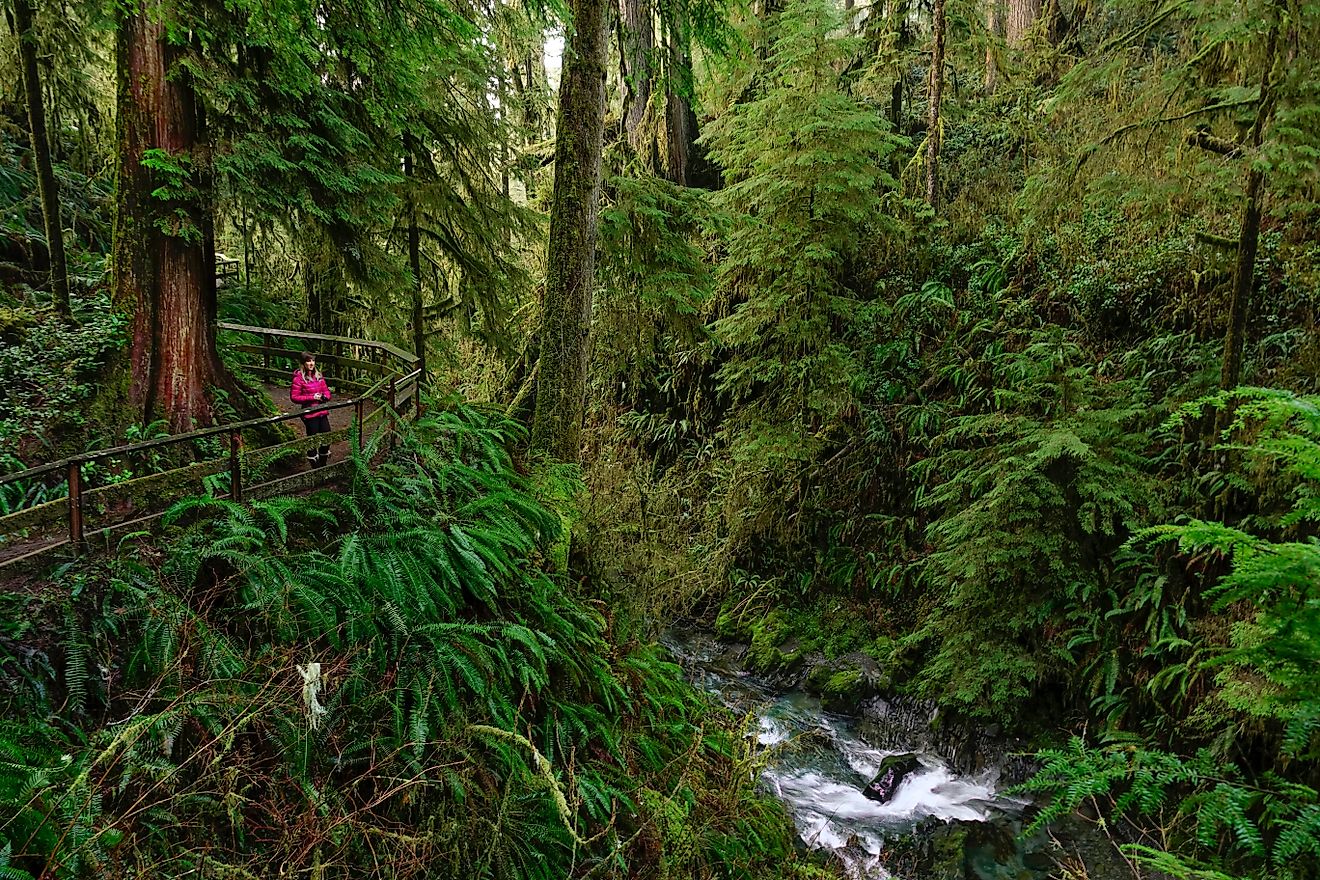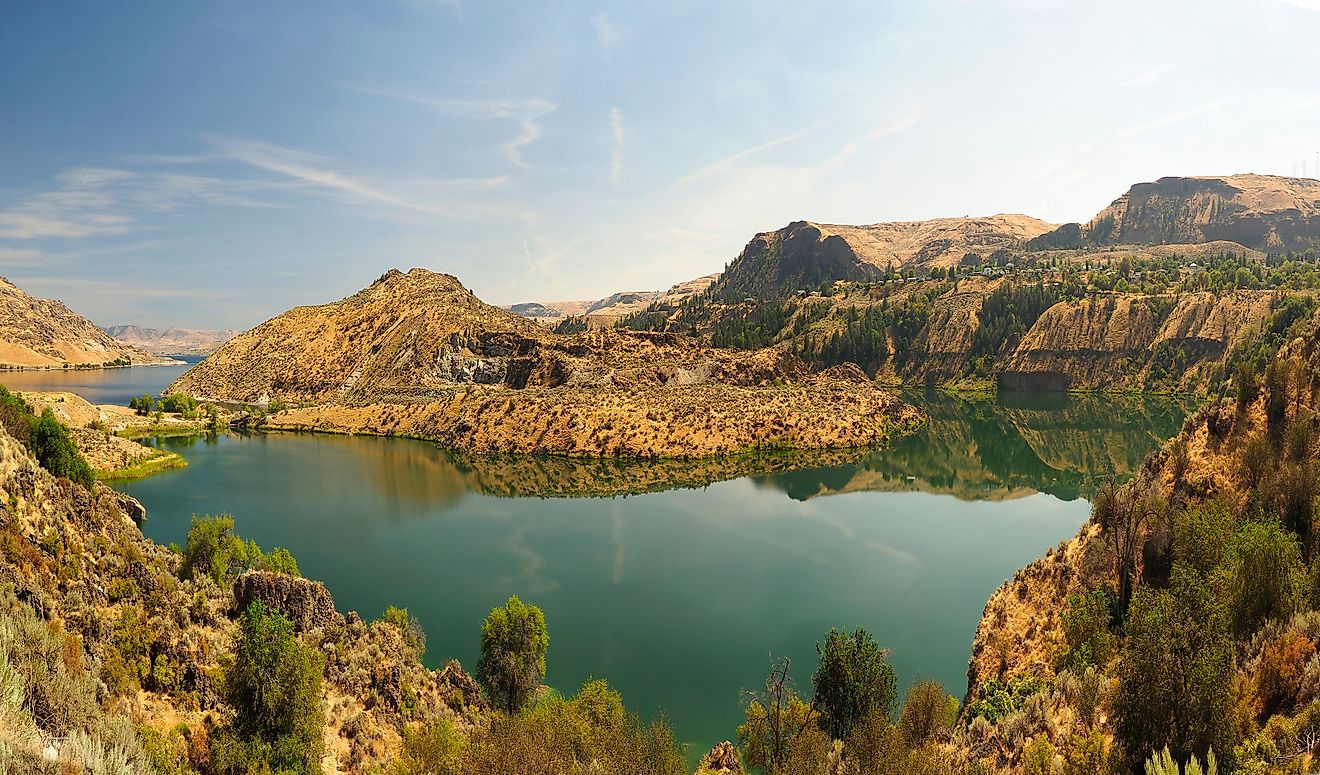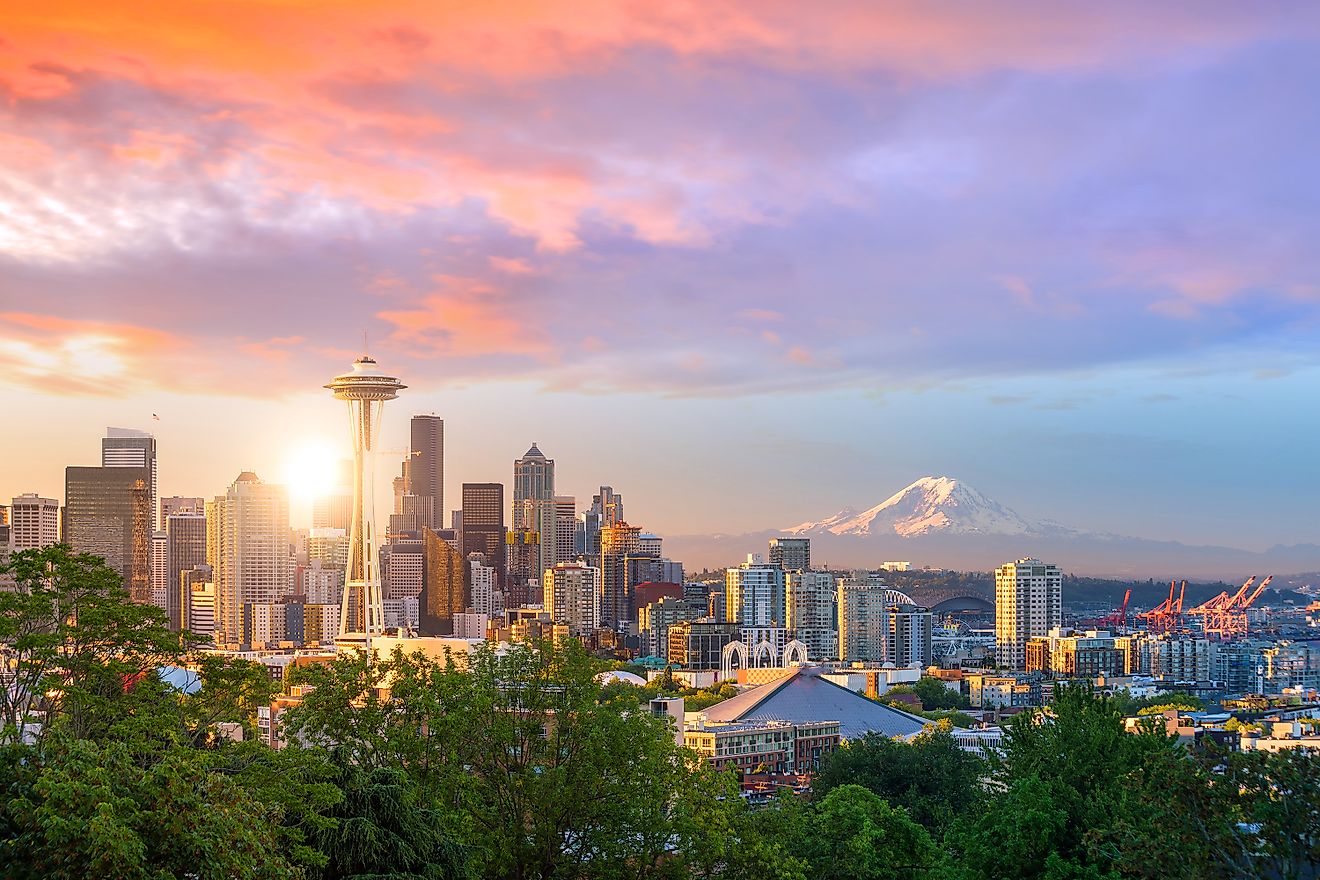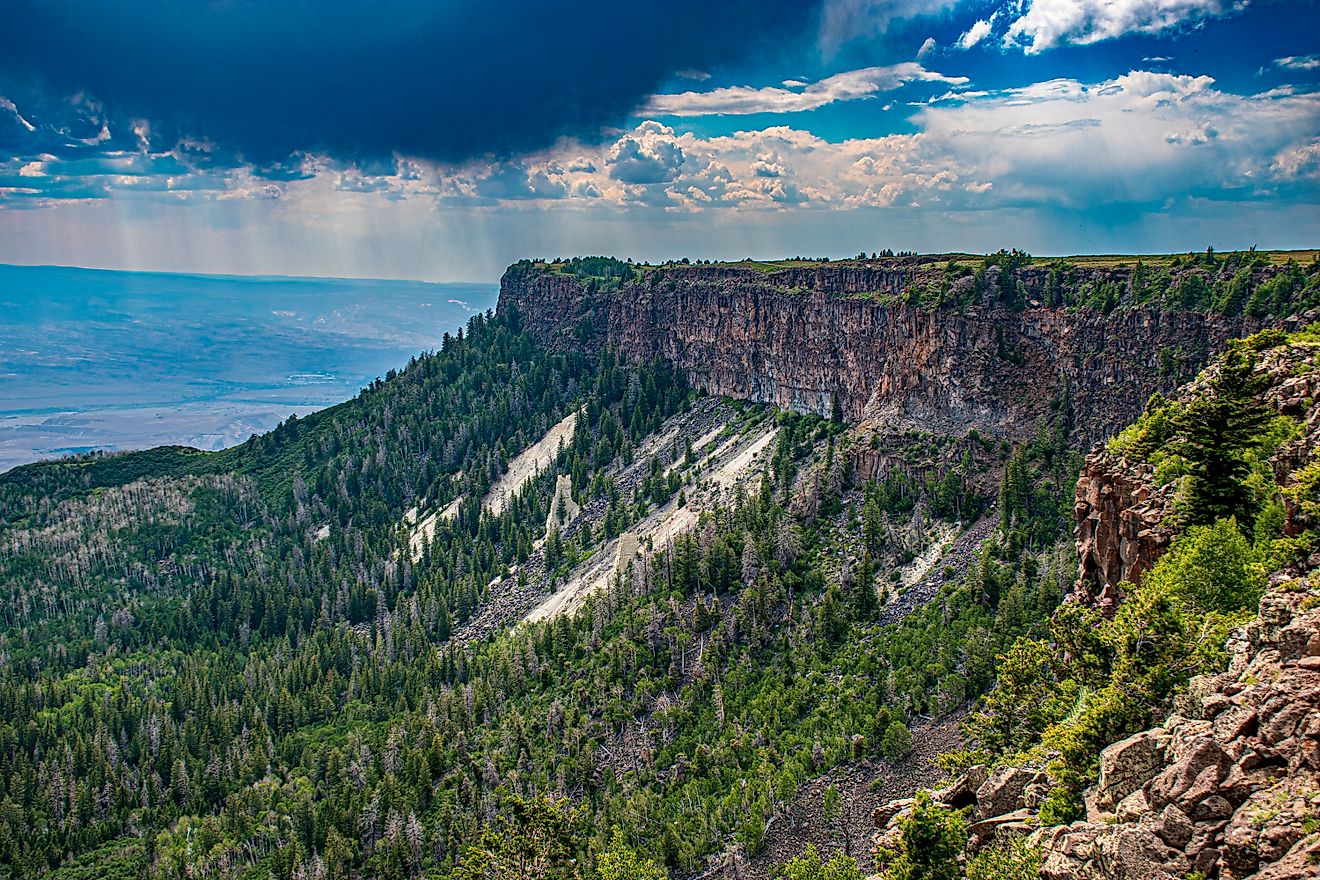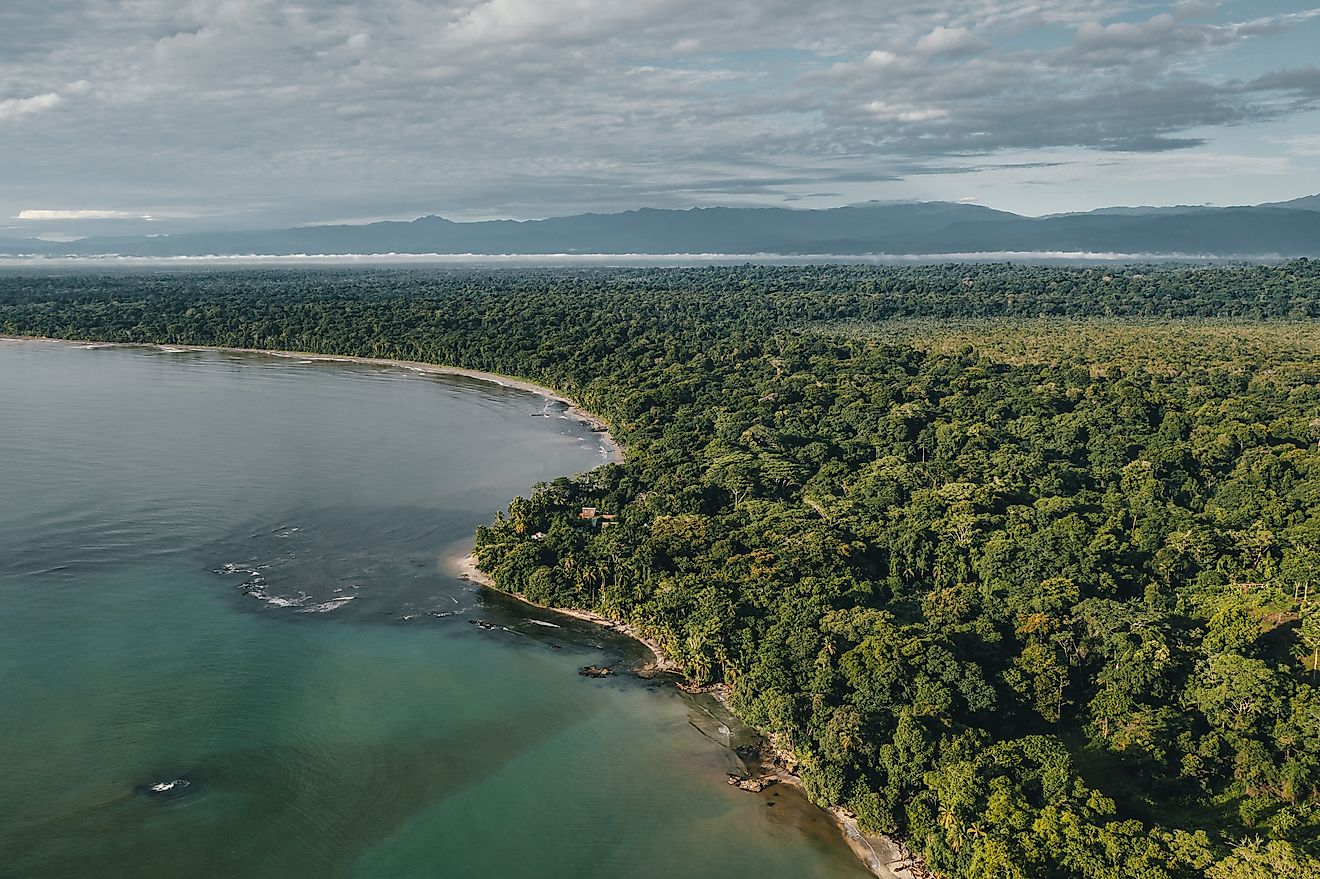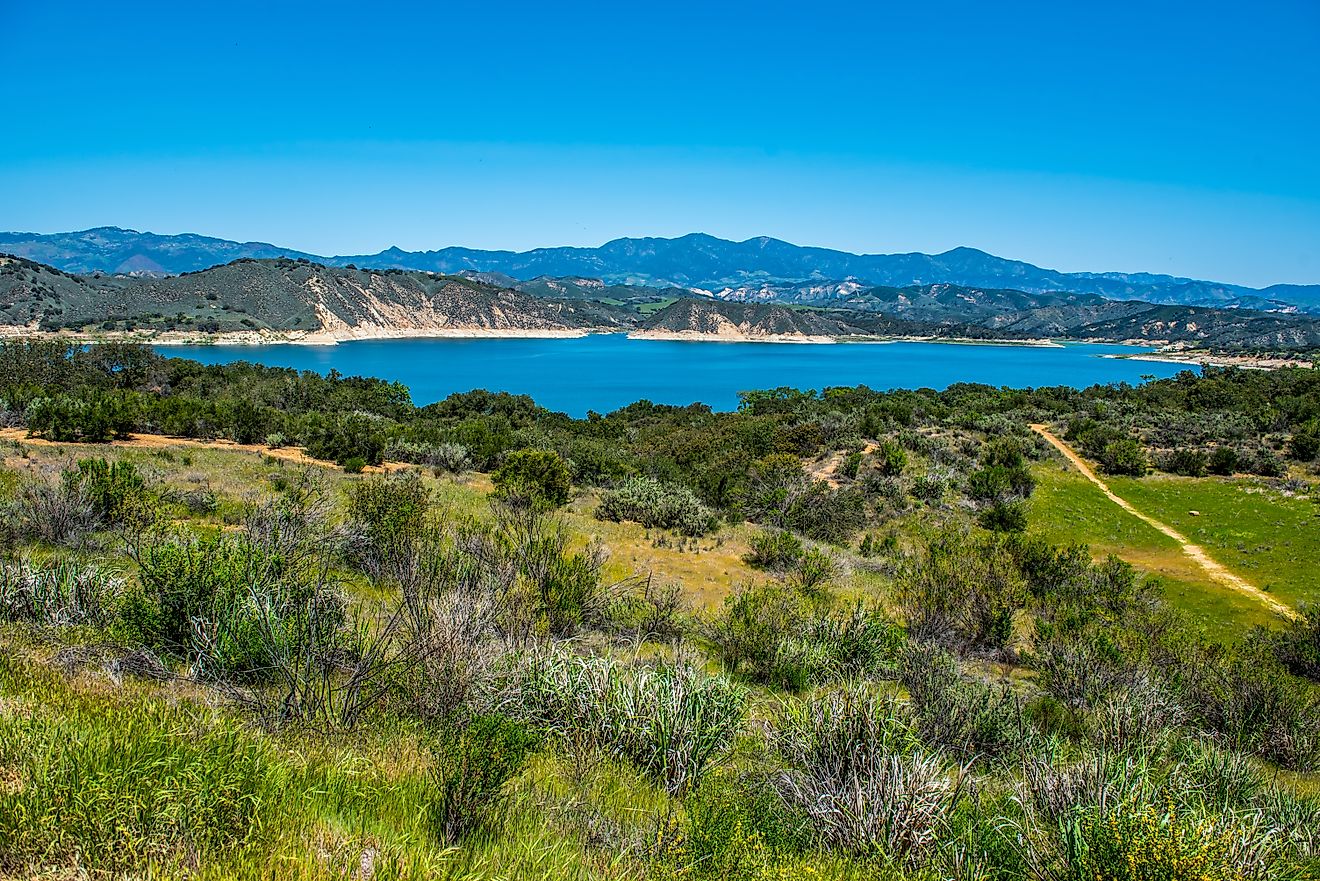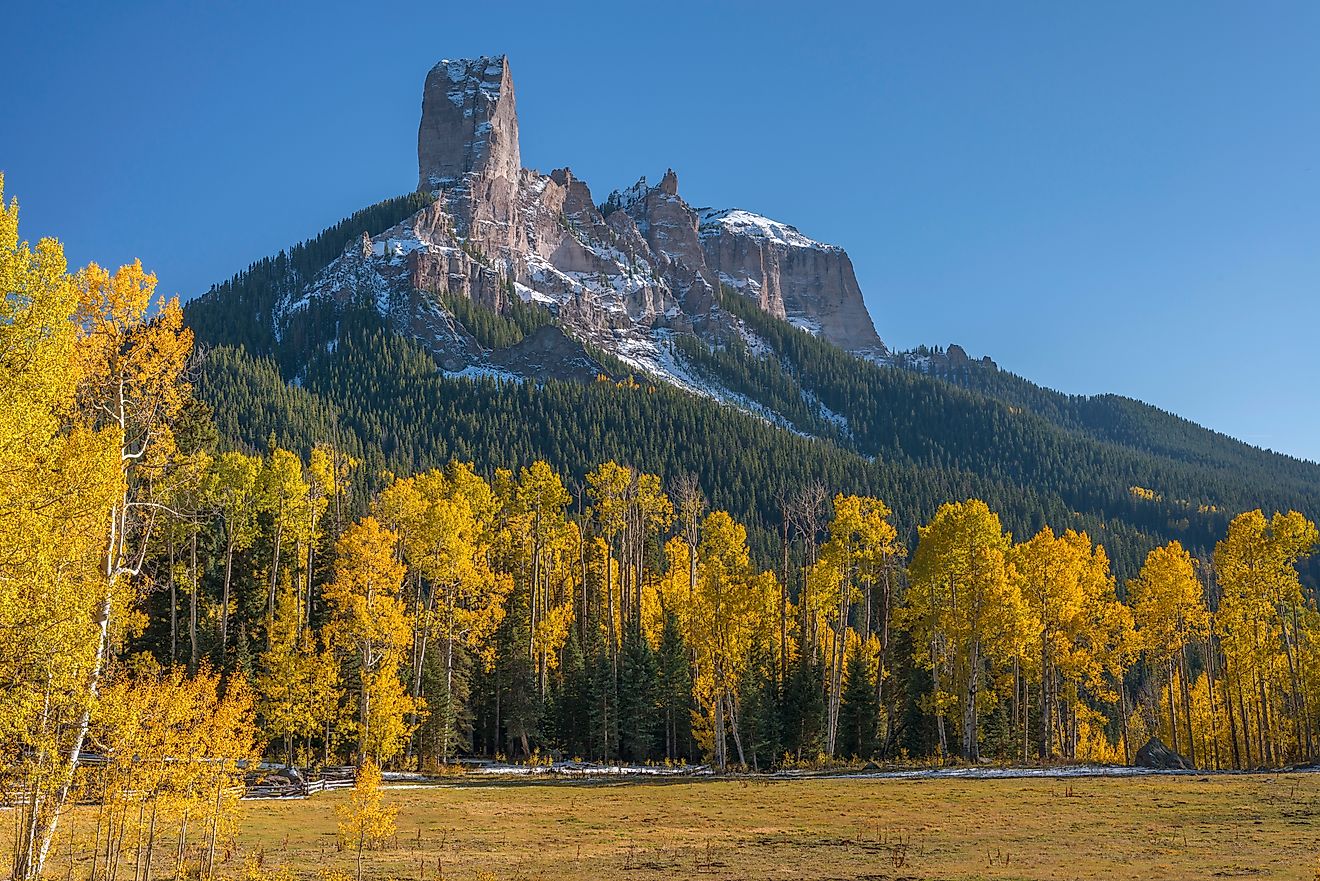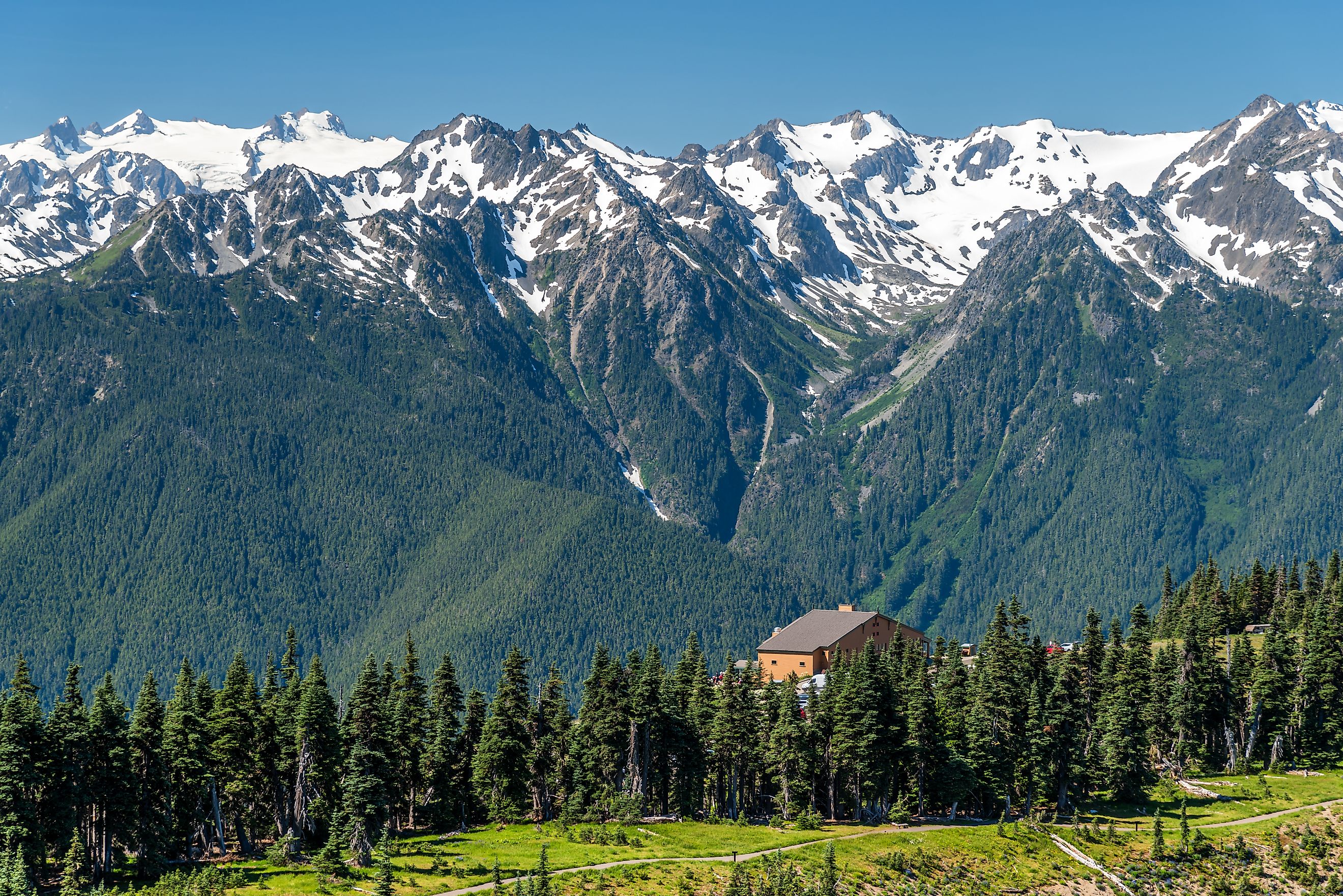
The 6 National Forests in Washington State
Washington is known for its towering evergreens, snowcapped peaks, glacial rivers, and rugged coastal terrain. Much of that natural beauty is protected within its six national forests. From the temperate rainforests of the Olympic Peninsula to the arid ponderosa pine groves of eastern Washington, each forest offers something unique. These public lands not only protect ecosystems and watersheds, they also support year-round recreation, wildlife habitat, and local economies.
Take a closer look at the six national forests that define Washington’s wild character.
Olympic National Forest

-
Size: 628,115 acres
-
Established: 1897 (originally as Olympic Forest Reserve)
-
Highlights: Temperate rainforests, waterfalls, alpine lakes, and ridgelines
Located on the Olympic Peninsula in western Washington, Olympic National Forest surrounds Olympic National Park and stretches from the Pacific Ocean to the Hood Canal. This forest is home to some of the wettest regions in the continental United States.
Olympic National Forest features a diverse landscape of misty coastlines, moss-covered trees, and alpine summits. Recreation ranges from kayaking in Lake Quinault to snowshoeing near Hurricane Ridge. The Hoh River area is rich with wildlife including Roosevelt elk, black bears, and bald eagles. The forest’s roadless areas are ideal for those seeking solitude, and the Mount Skokomish Wilderness offers rugged backpacking opportunities just a few hours from Seattle.
In addition to its famous rainforests, Olympic National Forest is home to subalpine meadows filled with wildflowers in the summer and accessible trails like the Colonel Bob Trail and Big Creek Loop. The forest also includes parts of the Buckhorn Wilderness and The Brothers Wilderness, providing quiet escapes and stunning alpine views.
Mount Baker-Snoqualmie National Forest
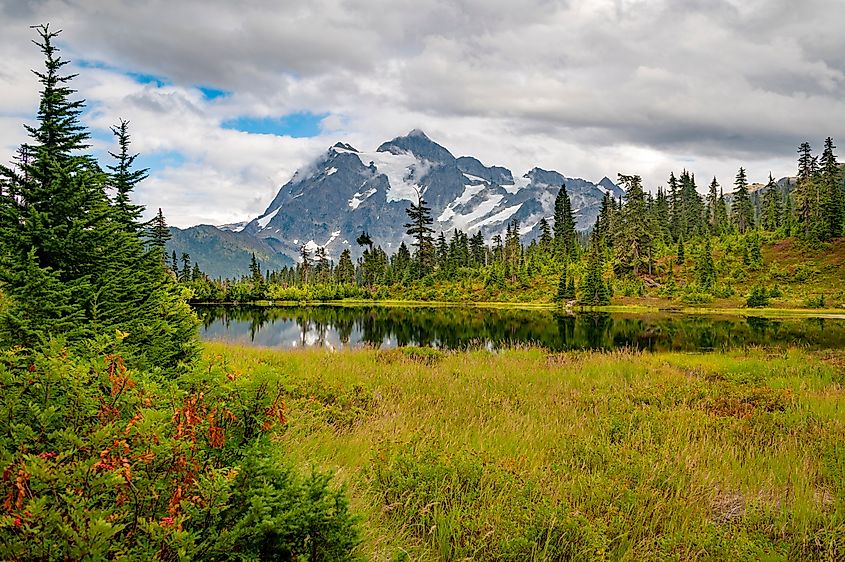
-
Size: 1.7 million acres
-
Established: 1974 (merger of Mount Baker and Snoqualmie national forests)
-
Highlights: Mount Baker, Glacier Peak Wilderness, Alpine Lakes Wilderness
Stretching along the western slopes of the Cascade Range from the Canadian border to Mount Rainier National Park, this forest is one of the most visited in the country.
Mount Baker-Snoqualmie National Forest provides easy access from major cities like Seattle and Bellingham, making it a popular year-round destination. Visitors enjoy skiing and snowboarding at the Mount Baker Ski Area and hiking on popular routes like Lake Twenty-Two and Skyline Divide. The forest’s eastern wilderness areas are known for their rugged beauty and high alpine lakes, while the western slopes are lush with thick fir forests and cascading waterfalls.
The forest contains sections of the Pacific Crest Trail and is a key region for glacier studies, with dozens of active glaciers on its peaks. Mount Baker itself is one of the snowiest places on Earth, making it a magnet for winter sports and backcountry skiing.
Gifford Pinchot National Forest
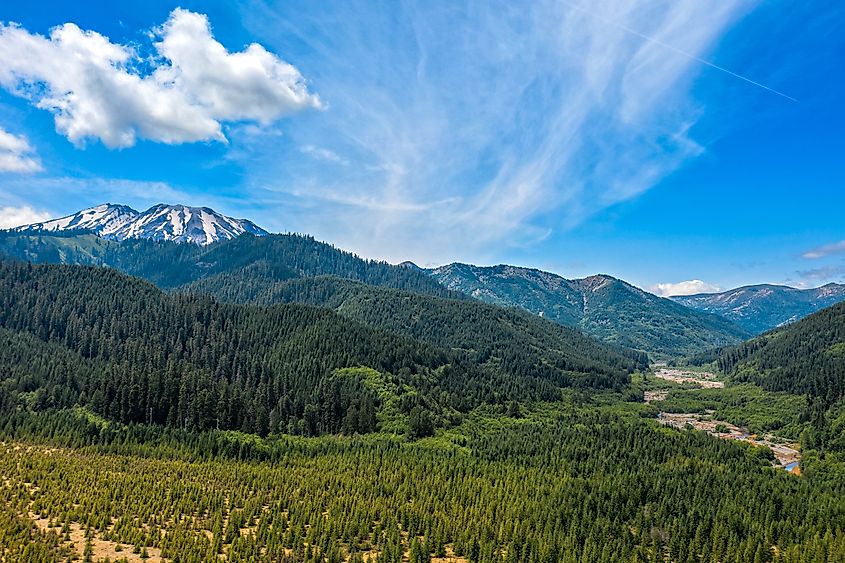
-
Size: 1.32 million acres
-
Established: 1908
-
Highlights: Mount St. Helens, Goat Rocks Wilderness, Lewis River Recreation Area
Named after the first Chief of the US Forest Service, Gifford Pinchot National Forest spans the southern Cascade Mountains and contains Mount St. Helens National Volcanic Monument.
The Gifford Pinchot National Forest offers visitors a glimpse into volcanic landscapes and forest regeneration. Mount St. Helens, the site of the 1980 eruption, is a center of ongoing scientific research and public education. Trails such as Ape Cave and the Hummocks Trail showcase the area’s geologic history. Away from the volcano, the forest provides classic Cascade wilderness with huckleberry meadows, alpine basins, and old-growth forests, including groves of ancient Douglas fir and western red cedar.
The forest contains dozens of waterfalls, including the three-tiered Panther Creek Falls and the mossy Lower Lewis River Falls. Popular with campers and anglers, this area is also home to elk, black bears, and the occasional gray wolf.
Okanogan-Wenatchee National Forest
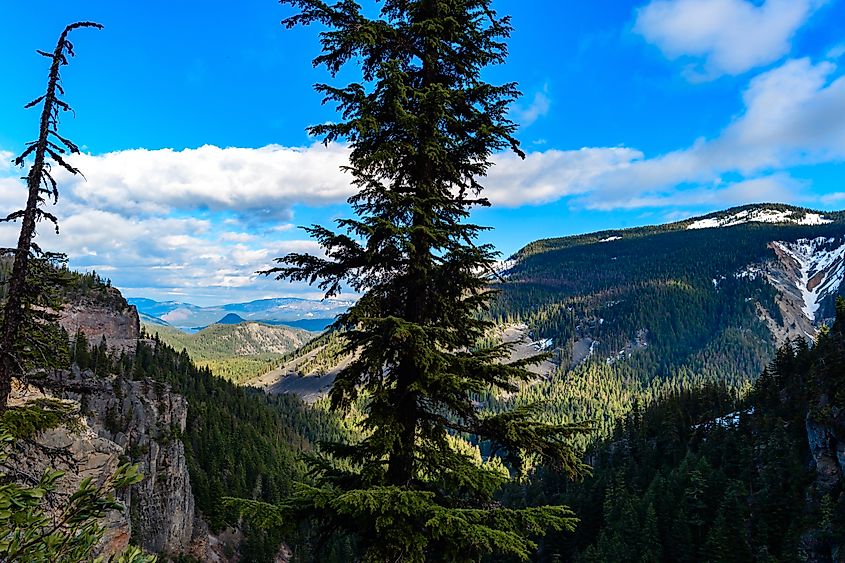
-
Size: 4 million acres
-
Established: 2000 (combined from Okanogan and Wenatchee national forests)
-
Highlights: Enchantments, Lake Chelan-Sawtooth Wilderness, North Cascades Highway
Covering much of central Washington, this expansive forest stretches east from the Cascade crest into the drier regions of the state. It is the largest national forest in Washington.
The Okanogan-Wenatchee National Forest spans a vast range of elevations and climates, from wet alpine basins to semi-arid grasslands. The Enchantments near Leavenworth are among the most sought-after wilderness destinations in the Northwest, offering turquoise lakes, granite spires, and alpine larches. In the north, the Methow Valley is a hub for cross-country skiing, mountain biking, and horseback riding. Fire ecology plays a major role here, and forest managers work actively to reduce wildfire risk and restore healthy forest conditions.
This forest includes scenic byways, rivers like the Entiat and Yakima, and numerous wildlife species such as cougars, black bears, and golden eagles. Its varied ecosystems support unique plant life, including high desert wildflowers and mountain hemlocks. The Chelan Ranger District is a popular launch point for multi-day wilderness treks.
Colville National Forest
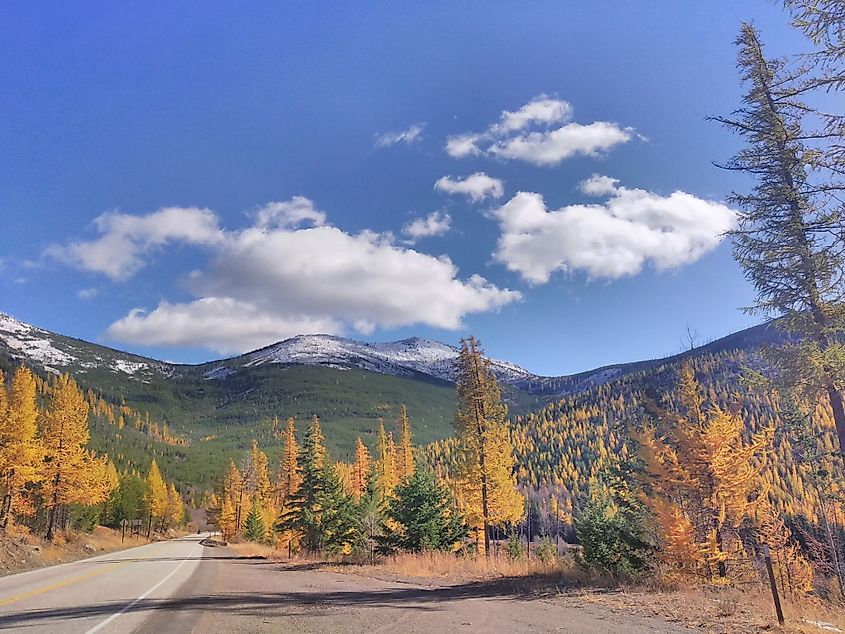
-
Size: 1.1 million acres
-
Established: 1907
-
Highlights: Salmo-Priest Wilderness, Kettle Crest, Sullivan Lake
Located in northeastern Washington near the Canadian border, Colville National Forest is a hidden gem known for its remote character and wide range of habitats.
Colville National Forest covers parts of the Selkirk, Kettle River, and Okanogan Highlands. The landscape includes rolling hills, forested ridgelines, and deep river valleys. The Salmo-Priest Wilderness is one of the last refuges for woodland caribou in the contiguous United States, though sightings are now extremely rare. Hikers can explore routes like the Kettle Crest Trail, which offers panoramic views of Washington’s Inland Northwest.
The forest is also home to moose, lynx, and wolves, offering excellent wildlife viewing opportunities. With more than 500 miles of hiking trails, the forest draws backpackers and horseback riders, especially during the spring and fall. Sullivan Lake is a favorite for camping, boating, and birdwatching.
Umatilla National Forest (Washington Portion)
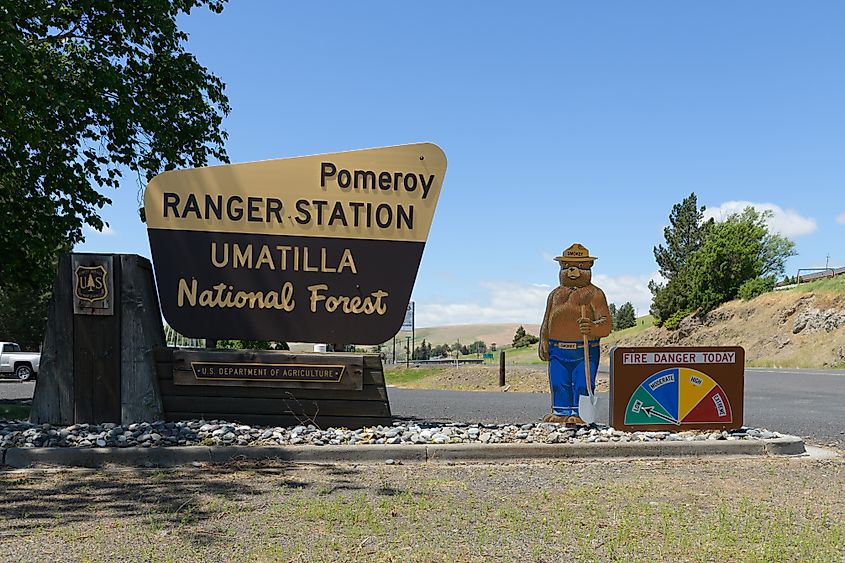
-
Size: About 250,000 acres in Washington
-
Established: 1908
-
Highlights: Wenaha-Tucannon Wilderness, Bluewood Ski Area
Although based primarily in Oregon, Umatilla National Forest extends into southeastern Washington. The Washington portion covers sections of the Blue Mountains.
The Washington side of Umatilla National Forest features high plateaus, forested ridges, and river canyons. The Tucannon River corridor is particularly scenic, offering hiking, hunting, and fishing in a secluded setting. The Wenaha-Tucannon Wilderness preserves a rugged backcountry landscape where wolves and elk roam. This forest is ideal for those seeking solitude and traditional forms of outdoor recreation.
Trails such as the Panjab Trail and the Sheep Creek Trail allow hikers to explore remote valleys and high ridges. The forest also has historical significance for Indigenous tribes and early pioneers, and remnants of old homesteads can still be found along some routes. Snowshoeing and skiing at Bluewood offer winter adventure for nearby communities.
Why These Forests Matter
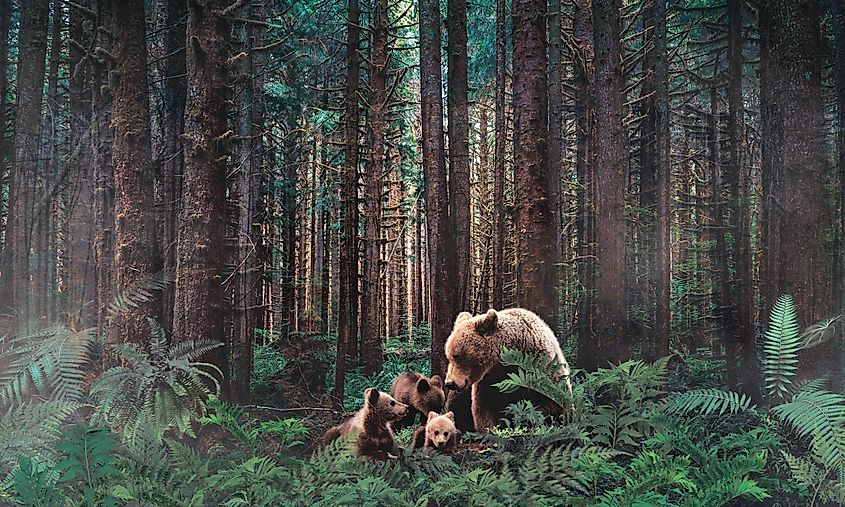
The six national forests in Washington protect vast and varied ecosystems, from coastal rainforest to dry pine forest. They serve as vital corridors for wildlife, sources of clean water, and buffers against climate change. In addition, these forests support:
-
Year-round recreation including hiking, skiing, boating, and hunting
-
Local jobs in tourism, timber, and conservation
-
Habitat for endangered and threatened species
-
Watersheds that supply clean drinking water to millions
-
Cultural connections for Indigenous communities
-
Research and conservation projects critical to climate resilience
Together, they account for more than 9 million acres of public land that help define Washington’s identity as the Evergreen State.
Whether you’re chasing waterfalls on the Olympic Peninsula, climbing through granite spires in the Enchantments, or tracking elk in the Blue Mountains, Washington’s national forests offer adventure, solitude, and a deeper connection to nature. They are wild places that continue to shape the cultural and ecological story of the Pacific Northwest.
